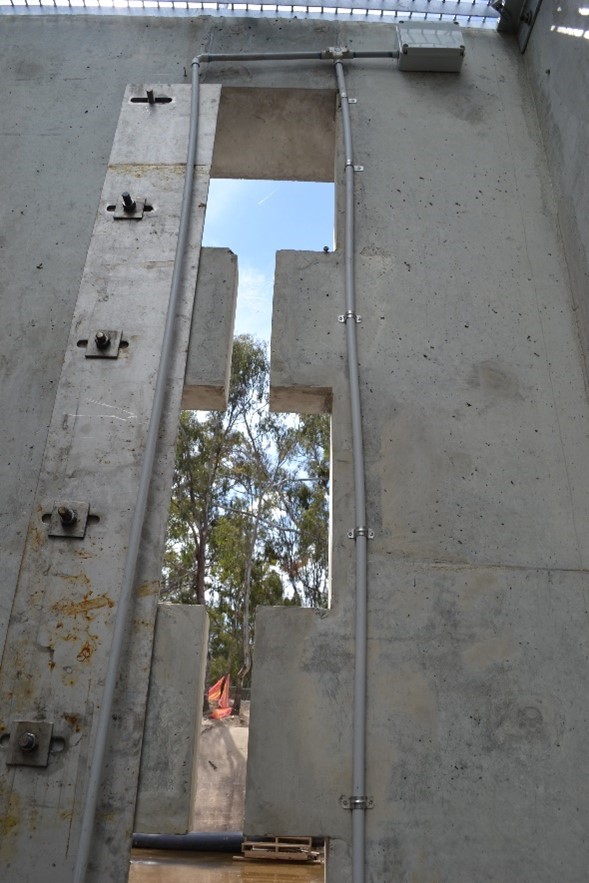|
|
Management of barriers and instream structuresThere are varying levels of modification that can be applied to barriers ranging from low-cost fishways to complete barrier removal. A range of factors will influence how barriers are identified and prioritised for management, as many barriers also play an important role for other values and beneficiaries (for example, water supply, transportation, or farming). Once prioritised for on-ground works, the impacts of the action should be monitored for effectiveness. Quick facts
Identifying barriersWhen deciding how barriers are identified and assessed for remediation, there are a number of considerations:
When managing aquatic fauna biopassage (biopassage), barriers must first be identified and located. Surrounding aquatic habitats also need to be evaluated to increase understanding of habitat requirements for local populations of fish and other aquatic fauna (e.g. turtles, platypus and freshwater shrimp). For example, in a coastal catchment, the proximity of the barrier to estuarine waters should be considered, as it is an important requirement for diadromous species[2]. Whereas in intermittent river systems accessibility to or distance from known refuges is important[1]. Barriers may influence biopassage by affecting[2]:
Other barriers may include:
Barriers can be temporary (e.g. such as a silt curtain, or a sand dam) or permanent (e.g. large water supply dam). Prioritisation of barriersPrioritising barriers for management in a catchment is a key process for determinating which biopassage remediation is required. There are many barriers, some natural, and others constructed for essential reasons i.e. water supply and roads. Prioritising barriers according to the level of impact and exploring remediation methods can inform future management actions. There are different methods for prioritising barriers for management action. All methods need to identify barriers in the study area. This can be achieved, for example, through creating an inventory. This step can be undertaken through rapid desktop assessments to identify which structures need to be assessed in the field. As more development occurs in the study area, or as barriers are remediated, this inventory will change over time. The list of barriers is usually scored against criteria specific to the study area, to identify the highest priority barriers (in terms of impacts to biopassage) and may also include economic and social considerations. Remediation options need to be carefully considered, including costs and benefits of modifications and potential removal. The suitability of any remediation option, such as installing a fishway (e.g. fish ladder), needs to suit the local aquatic species. Considerations for barrier scoring and prioritisation, based on work undertaken for fish in Queensland, include:
The scoring of barriers against criteria, such as the ones above, can provide an informed list of prioritised barriers for remediation to improve biopassage. Additional information
References
Last updated: 10 May 2021 This page should be cited as: Department of Environment, Science and Innovation, Queensland (2021) Management of barriers and instream structures, WetlandInfo website, accessed 8 May 2025. Available at: https://wetlandinfo.des.qld.gov.au/wetlands/management/fish-passage/barriers/management.html |

 — Department of the Environment, Tourism, Science and Innovation
— Department of the Environment, Tourism, Science and Innovation


